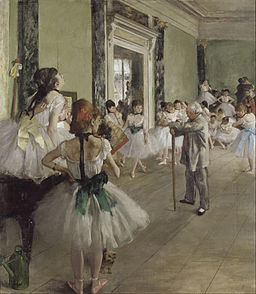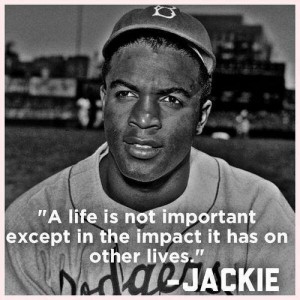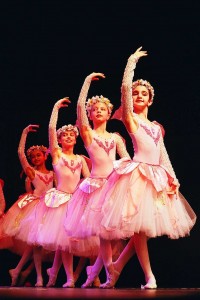I’m taking a detour from stories about inspiring teens to write about an inspiring dog. My current work-in-progress has a no-kill shelter for cats as its setting, so this detour isn’t too far off my beaten path.

German shepherds make loyal family pets.
Anyone who has read my posts—or looked at the pictures on this site—knows I’m a cat person. In fact, I’m a bit frightened of most dogs.
But I’m sure I would love Haus, the two-year-old German shepherd adopted in March who repaid his new family in spades in May when he saved his young owner from a rattlesnake.
Fearless Haus
Donya and Adam DeLuca say that Haus is a “goofy, happy-go-lucky dog” that everyone loves. He is also very protective of their two children, barking at strangers and “sweeping the yard” whenever he goes out with Molly, 7, and Joey, 4.
Those protective instincts went into high gear when a rattlesnake slithered into the family backyard while Molly was playing. She didn’t see the snake, but Haus did. Molly’s grandmother, who was babysitting that day, later reported that Haus jumped in front of her granddaughter and then leapt backward several times.
They didn’t realize what happened right away, but Haus was limping and bleeding, so they took him to BluePearl Veterinary Hospital. The dog’s condition quickly worsened, and he was having difficulty breathing. Only when the vets shaved his leg did they see three bite marks.
Based on the size of the bites, vets believe that Haus was bitten by an eastern diamondback rattlesnake, one of the deadliest snakes in North America.
The venom affected Haus’s kidneys and red blood cells, prompting the doctors to administer a continuous drip of anti-venom medication when normally only two or three injections are given to counteract a snakebite.
Saving Haus
Haus spent more than a week in intensive care, receiving a blood transfusion, IV fluids, and pain medication in addition to the anti-venom serum.
The DeLucas never wavered in their determination to save Haus.
To help with the vet bills, they set up a GoFundMe account. Donations poured in from across the United States and from people as far away as Sweden, quickly surpassing their goal. They have since taken down the account.
The family plans to donate the funds that exceed their vet bills to Heidi’s Legacy Rescue, the shelter where they found Haus, as well as to other local animal rescues. They hope that Haus’s story encourages people to think first of adopting adult pets rather than puppies or kittens.
The “Heroic Dog Award”
A representative from People for the Ethical Treatment of Animals (PETA) visited the family and presented Haus with the “Heroic Dog Award” in recognition of his bravery. PETA also gave him a “doggie bag” containing a blanket, an eco-friendly squeaky toy, a Nylabone, and a bag of vegan dog treats.
Now home with his family, Haus continues his recovery and basks in all the well-deserved attention.
Before long, however, I’m sure Haus will be back at his post, sweeping the yard and protecting his grateful family.
Save a Life; Adopt a Shelter Animal
I’m a big proponent of adopting animals from shelters rather than purchasing them from breeders or stores. So many puppies and kittens are born, and so many older pets languish when their owners die. It’s heartbreaking to think of the unwanted animals on the streets and in shelters.

Pandora, the Muse Cat
I’ve owned fifteen cats during my life, and eleven have come from animal rescue groups. We adopted the other four from family members or friends whose cats had given birth to kittens. (This is a good time to proclaim my other mantra: Spay or neuter your pets!)
Every one of those cats has enriched my life in some way.
• As a child, I learned to be responsible for my cats.
• As a teenager, I found confidantes when I couldn’t bear to tell my secrets to another human.
• As an adult, I even had one cat that made sure I wrote every day. As soon as I cleared away the breakfast dishes, Pandora went to the foot of the stairs until I followed her up to my office. Then she sat next to me and purred inspiration as I wrote.
I can’t imagine life without a cat sharing it with me.
 This line from my current work-in-progress strikes me as emblematic of my current writing problem: My blog voice has been silent for a very long time. In the quiet of those weeks, then months stretching between posts, I had no idea what to write. Embarrassed by my failure to remain faithful to my self-promise to post once a month, I started pretending I didn’t have a blog at all. That became a self-fulfilling prophecy. If I’m not blogging, of course I have no blog.
This line from my current work-in-progress strikes me as emblematic of my current writing problem: My blog voice has been silent for a very long time. In the quiet of those weeks, then months stretching between posts, I had no idea what to write. Embarrassed by my failure to remain faithful to my self-promise to post once a month, I started pretending I didn’t have a blog at all. That became a self-fulfilling prophecy. If I’m not blogging, of course I have no blog.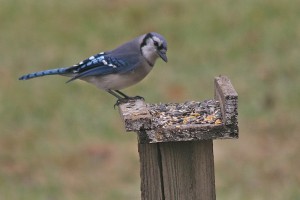 father—a writer himself—put his arms around Lamott’s brother and said, “Bird by bird, buddy. Just take it bird by bird.”
father—a writer himself—put his arms around Lamott’s brother and said, “Bird by bird, buddy. Just take it bird by bird.”
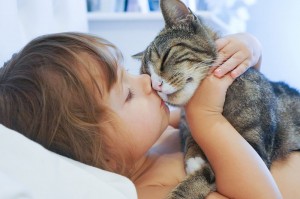
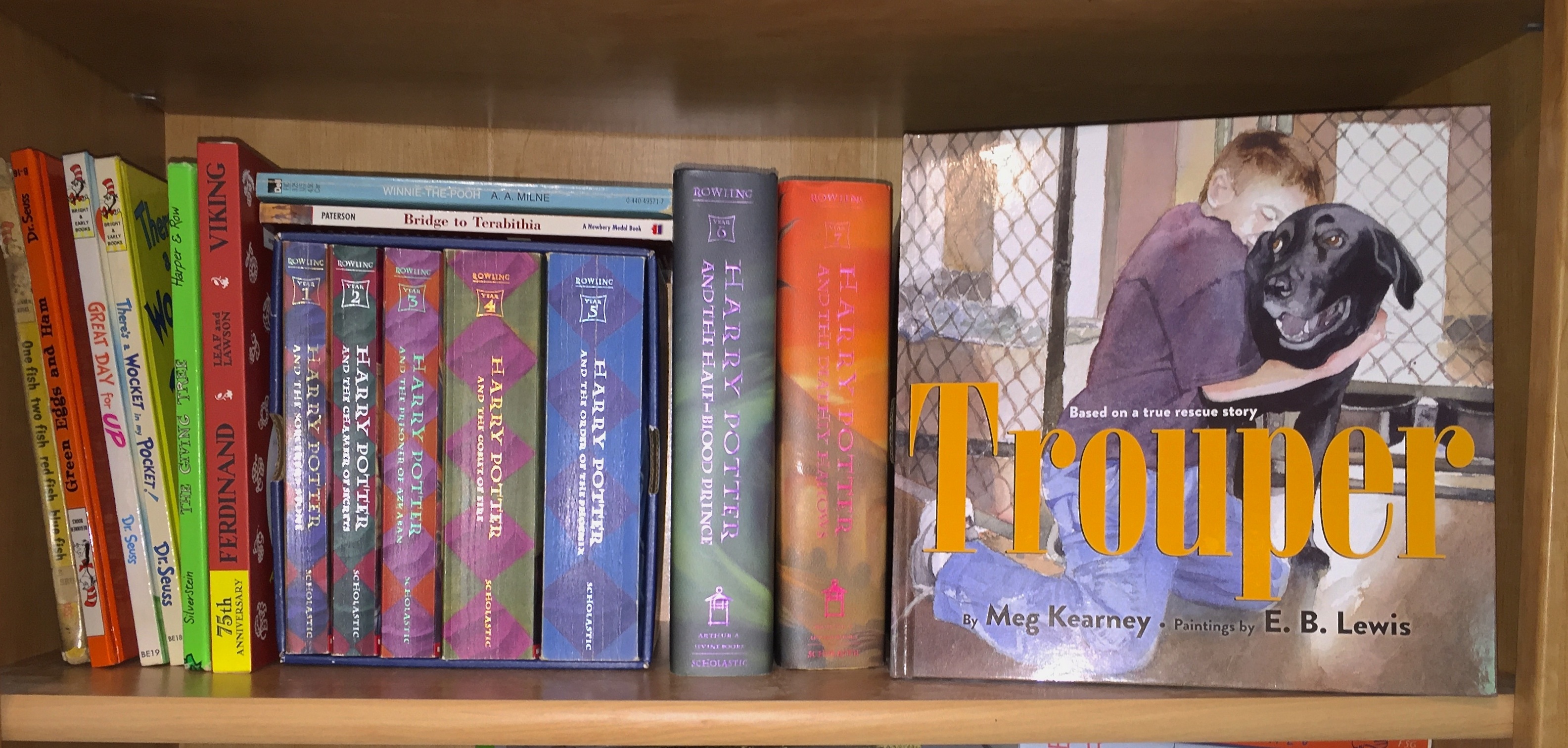






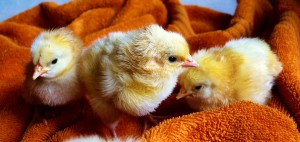 The girls take the work seriously. They are not simply rescuing animals and leaving their future welfare to chance. With the help of volunteers and community fund-raisers, they provide love and attention to every animal that Save a Soul takes in, and they ensure that every animal is spayed or neutered and receives any necessary medical treatment and proper immunizations. They have developed a rigorous interview process to screen the people who want to adopt their animals to ensure that every animal goes to a safe, loving forever home.
The girls take the work seriously. They are not simply rescuing animals and leaving their future welfare to chance. With the help of volunteers and community fund-raisers, they provide love and attention to every animal that Save a Soul takes in, and they ensure that every animal is spayed or neutered and receives any necessary medical treatment and proper immunizations. They have developed a rigorous interview process to screen the people who want to adopt their animals to ensure that every animal goes to a safe, loving forever home. Some people consider the plight of humans and the plight of animals an either/or proposition. You either care about the welfare of humanity OR you care about the welfare of animals. You cannot do both.
Some people consider the plight of humans and the plight of animals an either/or proposition. You either care about the welfare of humanity OR you care about the welfare of animals. You cannot do both.
